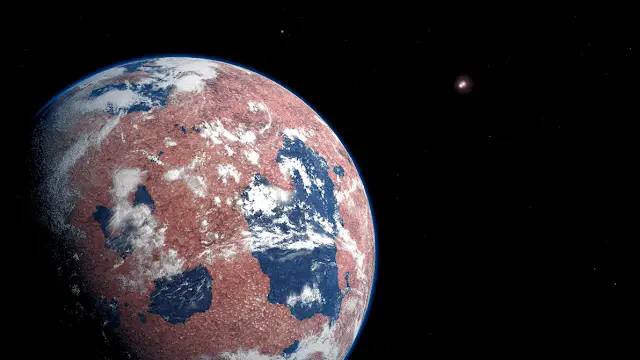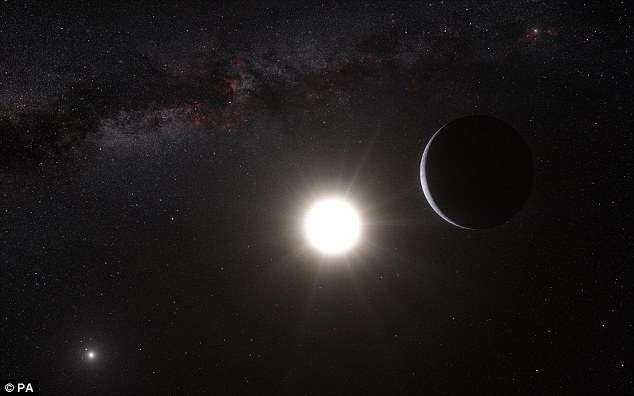
Introduction:
In an extraordinary breakthrough, astronomers have discovered a potentially “highly habitable” exoplanet located just 4 light years away from Earth. This newly identified planet, named Proxima Centauri b, orbits the closest star to our solar system, Proxima Centauri. This discovery has monumental implications for the search for extraterrestrial life and the future of interstellar exploration.
The Discovery:
Proxima Centauri b was discovered by an international team of astronomers using the European Southern Observatory’s (ESO) HARPS (High Accuracy Radial velocity Planet Searcher) instrument, along with other telescopes. This exoplanet orbits Proxima Centauri, a red dwarf star in the Alpha Centauri star system, which is the closest stellar system to our own. The discovery was made by detecting the slight wobble in the star’s motion caused by the gravitational pull of the orbiting planet.
Characteristics of Proxima Centauri b:
Size and Composition: Proxima Centauri b has a minimum mass about 1.17 times that of Earth, suggesting it is likely a rocky planet.
Orbital Period: The planet completes an orbit around its star every 11.2 days. Despite its close proximity to its star, Proxima Centauri’s relatively low luminosity means the planet resides within the habitable zone where temperatures could allow for liquid water.
Temperature: Given its position within the habitable zone, Proxima Centauri b might have temperatures conducive to liquid water, assuming it has an atmosphere that can regulate its surface conditions.

Potential for Life:
Proxima Centauri b’s location in the habitable zone is particularly exciting because it suggests that conditions might be right for liquid water to exist on the planet’s surface. The potential presence of water, combined with the planet’s Earth-like characteristics, makes it a prime candidate for the search for extraterrestrial life. Researchers are particularly interested in studying the planet’s atmosphere to determine its habitability.
Implications for Astronomy:
Search for Life: The discovery of Proxima Centauri b significantly boosts the possibility of finding life beyond our solar system. Its proximity to Earth makes it an ideal target for future missions aimed at detecting biosignatures or direct evidence of life.
Interstellar Exploration: Proxima Centauri b’s closeness to Earth makes it a focal point for potential interstellar exploration. Concepts such as the Breakthrough Starshot initiative aim to send small, light-powered probes to nearby star systems, making Proxima Centauri b an attainable destination within our technological reach.
Future Exploration:
The discovery of Proxima Centauri b has prompted plans for more detailed observations using advanced telescopes and space missions. The James Webb Space Telescope (JWST), set to launch soon, will be instrumental in studying the planet’s atmosphere. Additionally, ground-based observatories like the Extremely Large Telescope (ELT) will provide further insights into the planet’s properties and potential habitability.

Public and Scientific Excitement:
The announcement of Proxima Centauri b has sparked immense excitement both within the scientific community and among the public. The idea of a nearby, potentially habitable planet captures the imagination and raises hopes for discovering extraterrestrial life. Scientists are eager to learn more about this intriguing world, and the public is fascinated by the possibility of another Earth-like planet so close to us.
Conclusion:
The official discovery of Proxima Centauri b, a potentially “highly habitable” exoplanet just 4 light years away, represents a monumental leap forward in our quest to find other worlds that might support life. As astronomers and scientists continue to investigate this fascinating planet, we move closer to answering the profound question of whether we are alone in the universe. This landmark discovery not only deepens our understanding of the cosmos but also fuels hope and excitement for future explorations and the potential to uncover the secrets of life beyond Earth.
